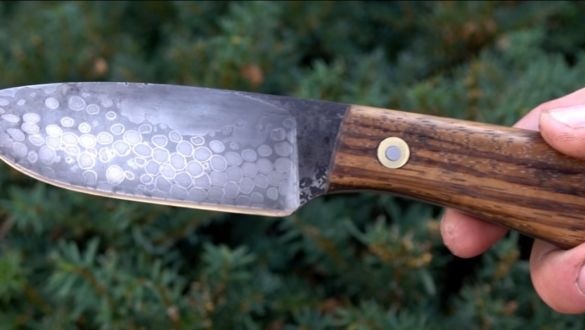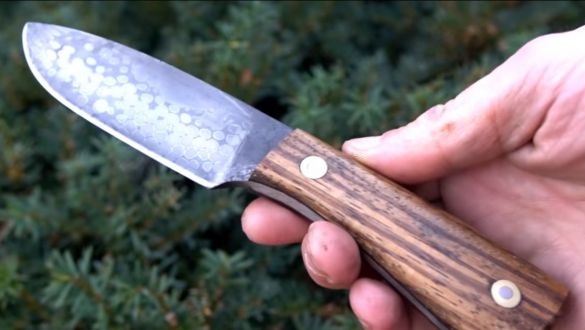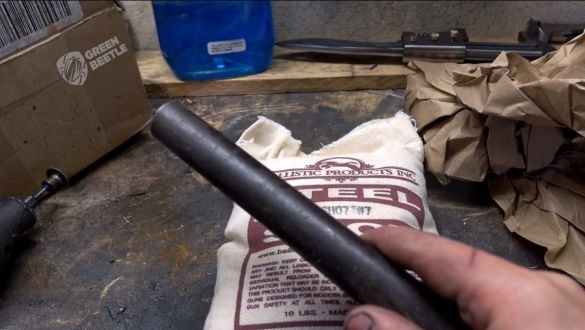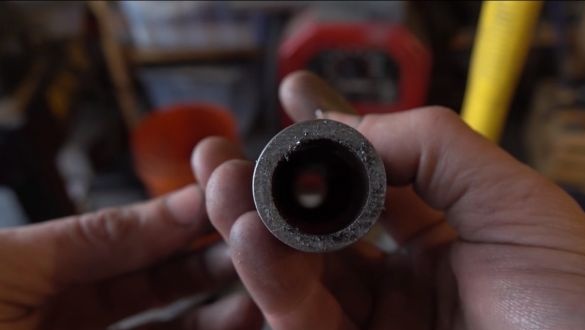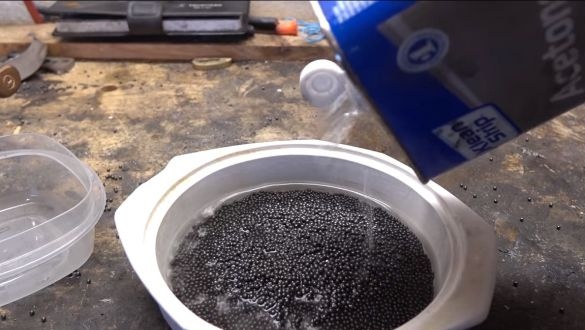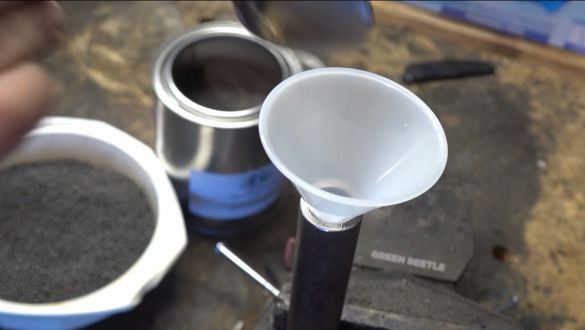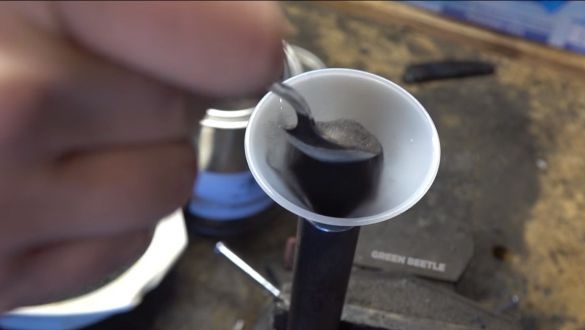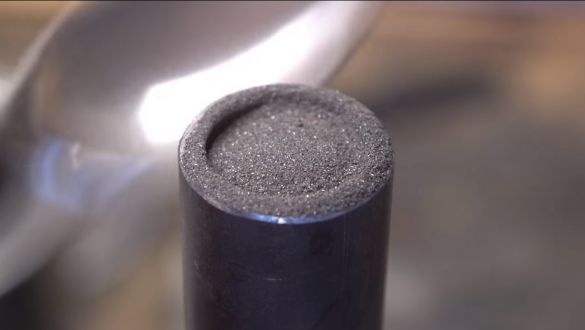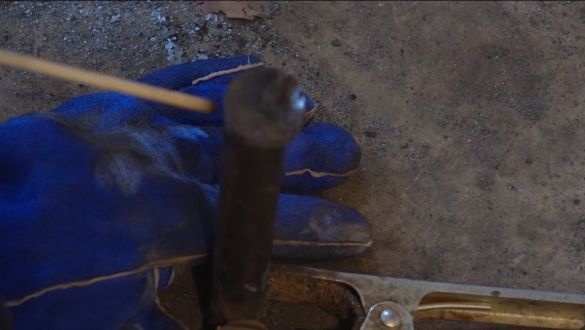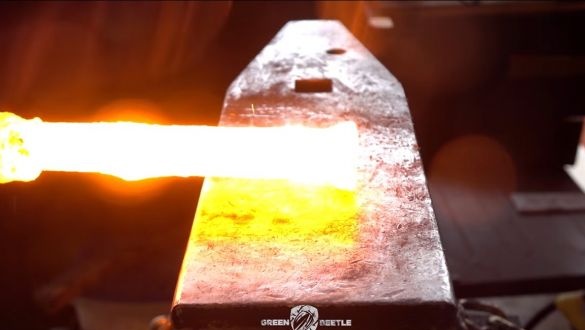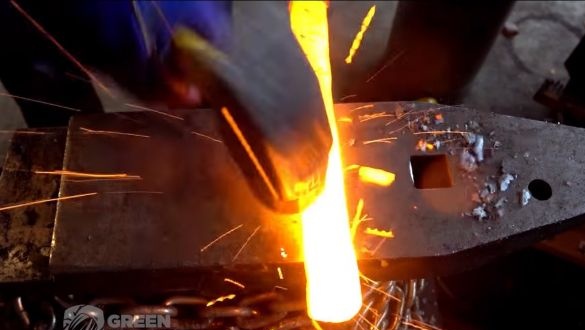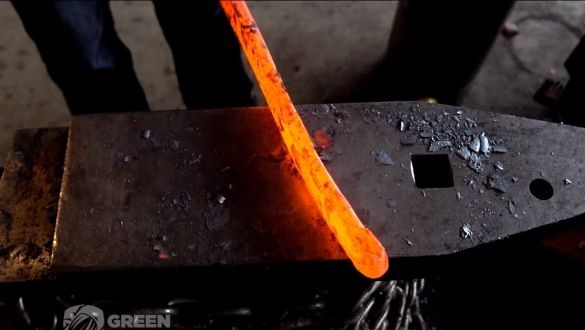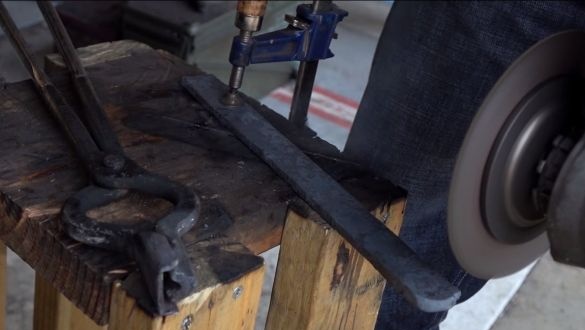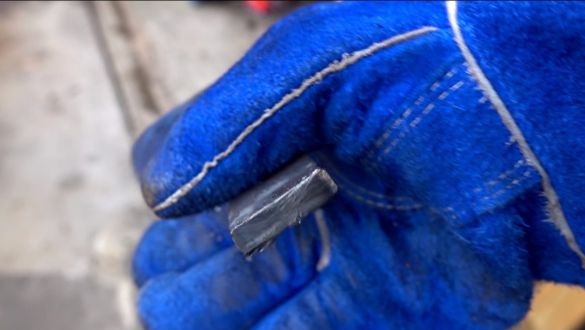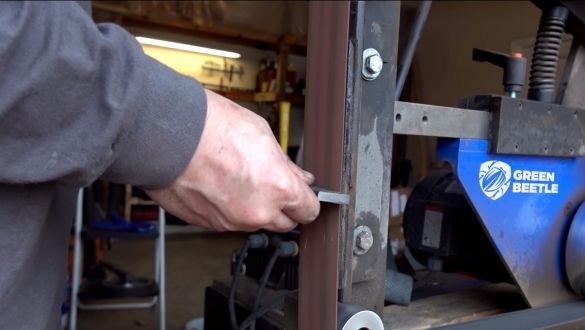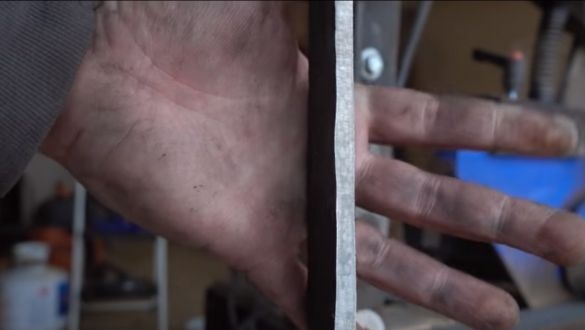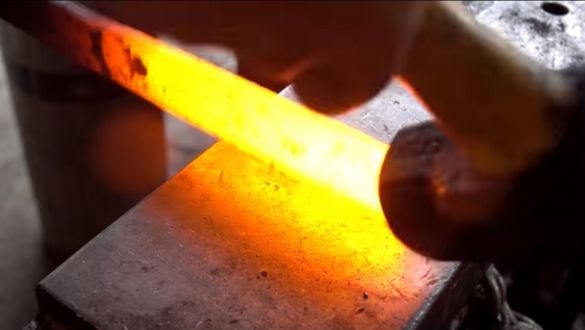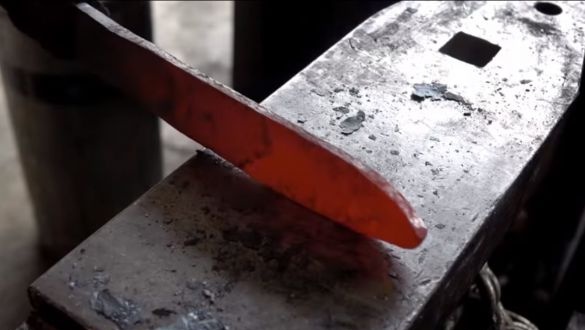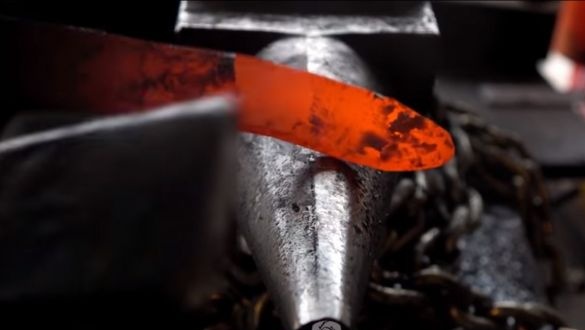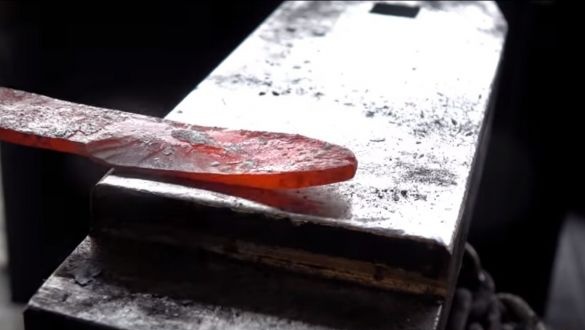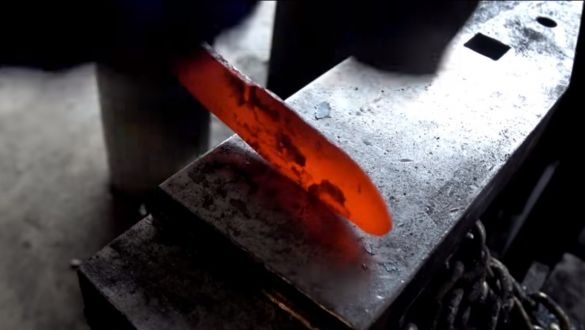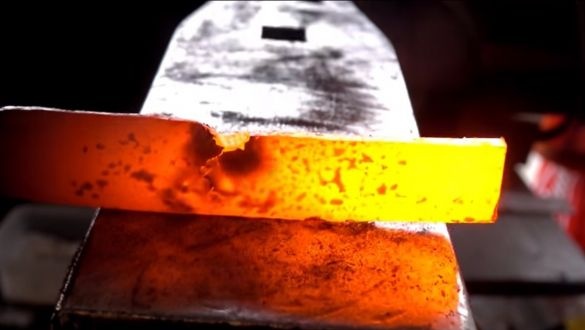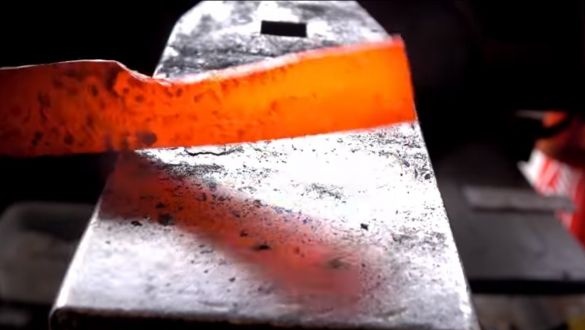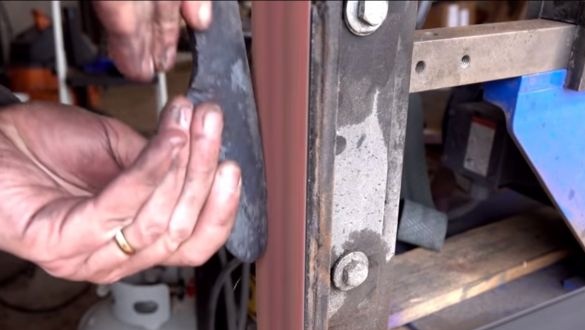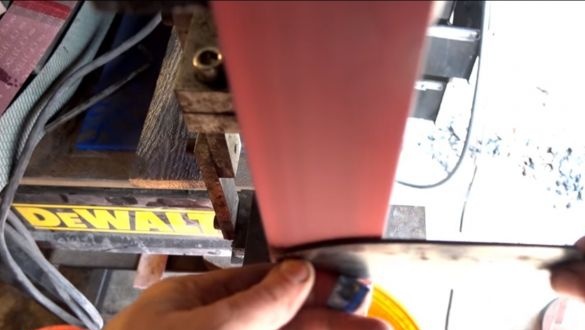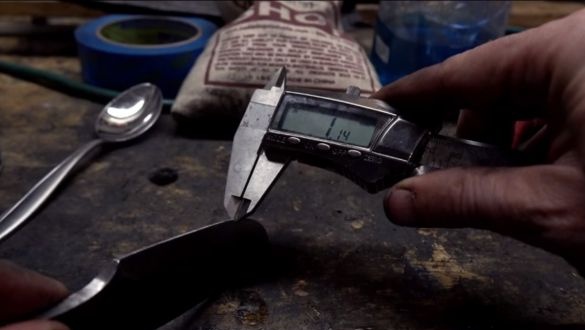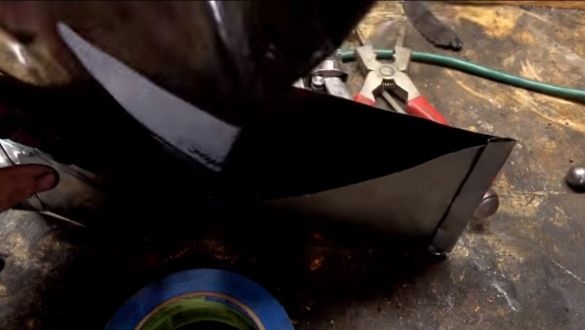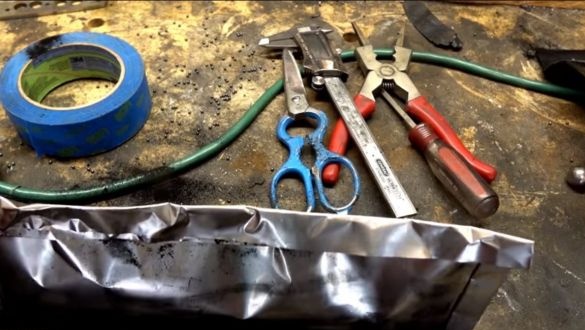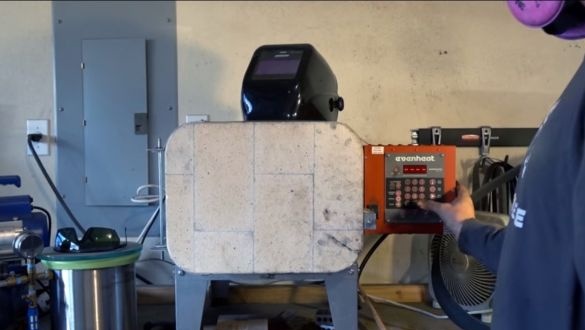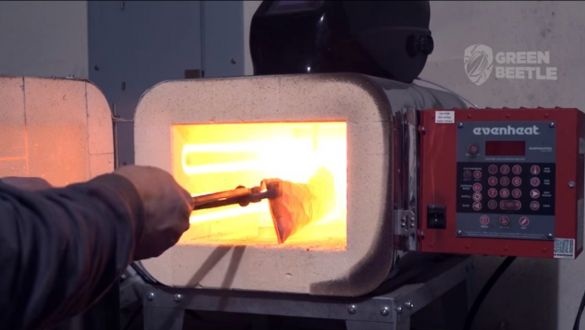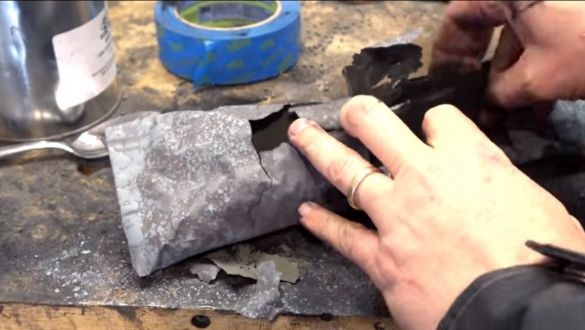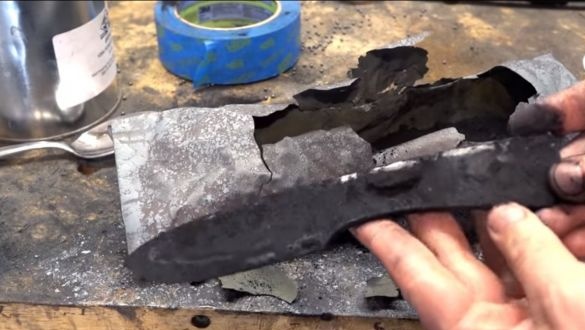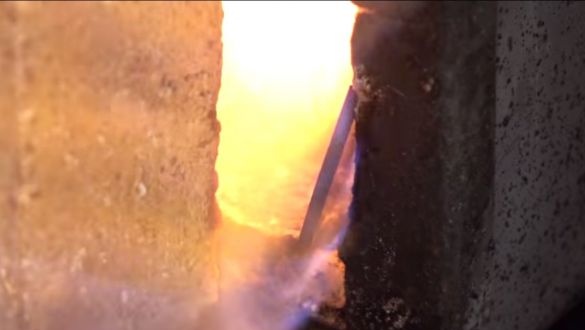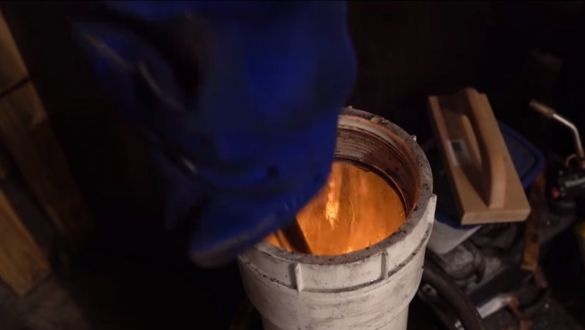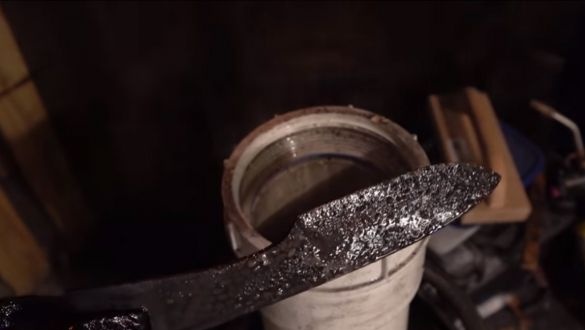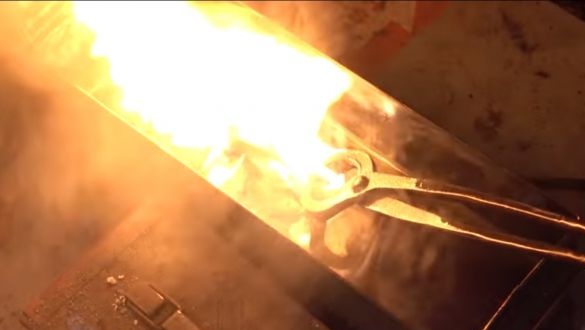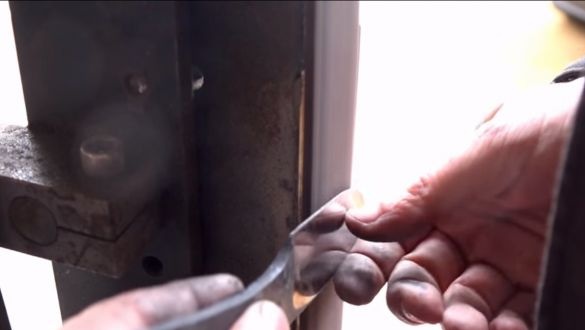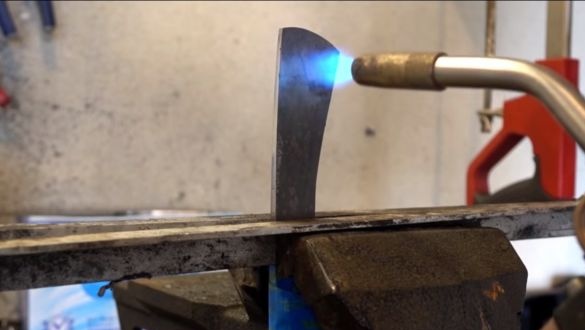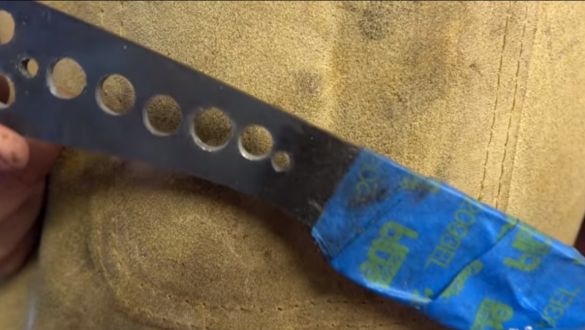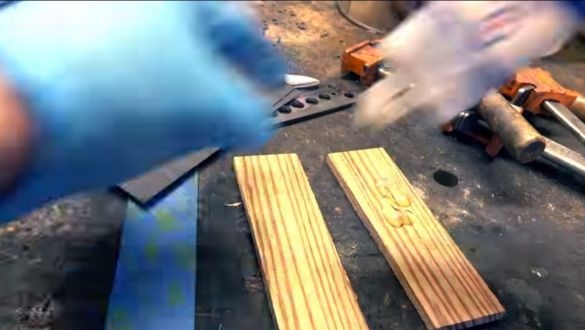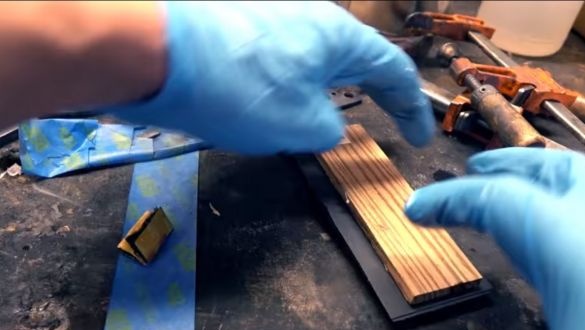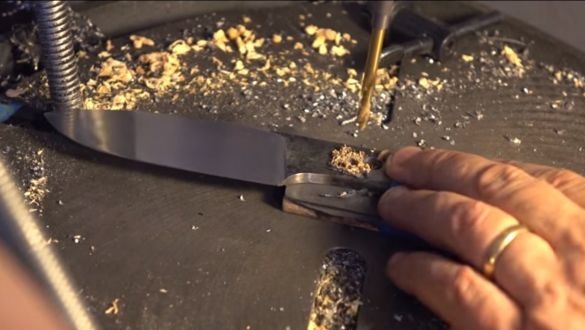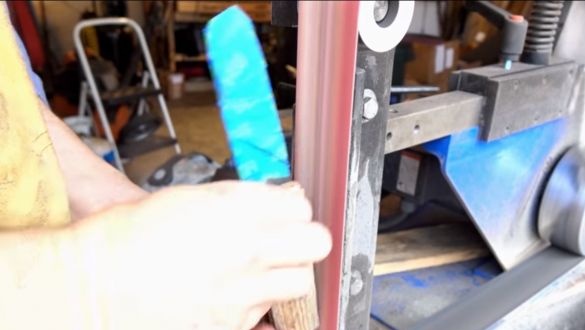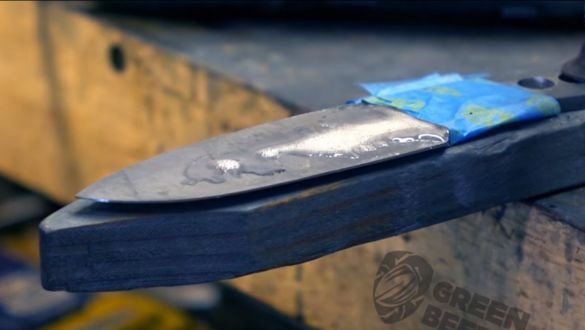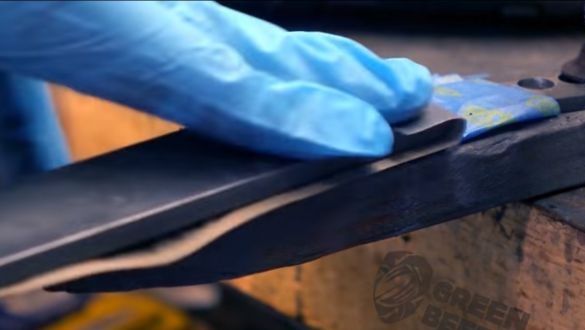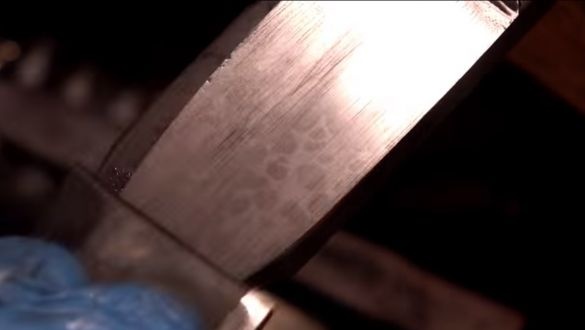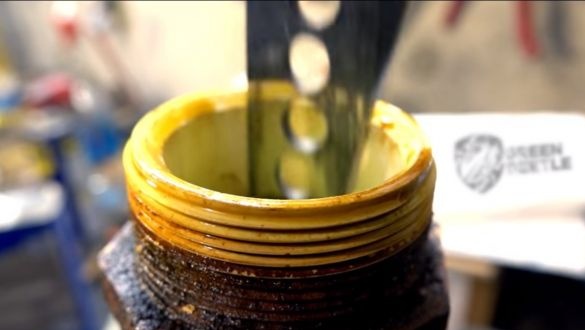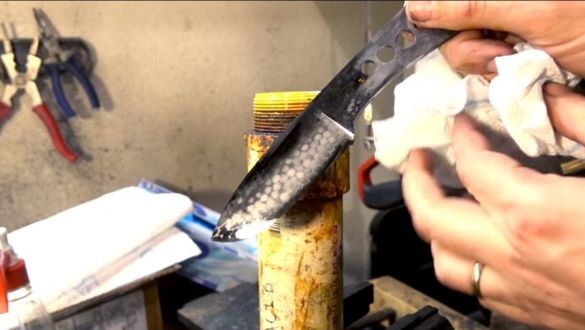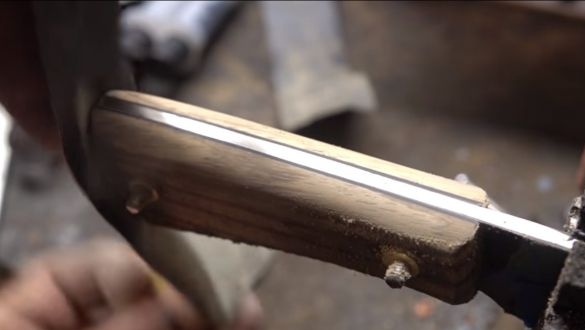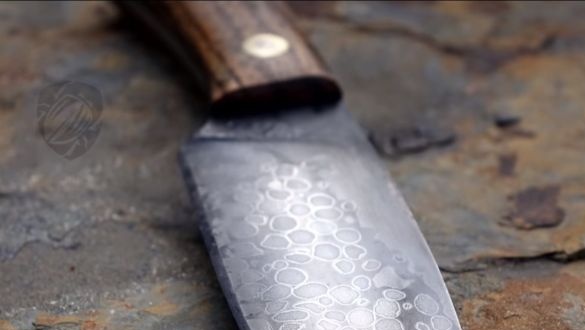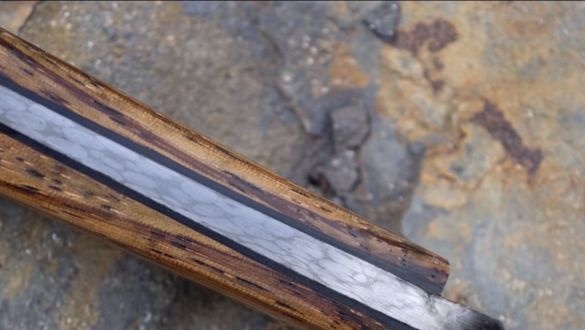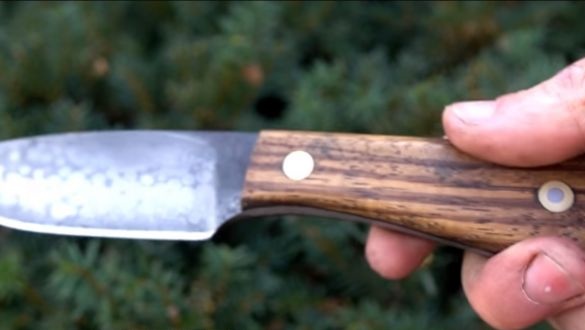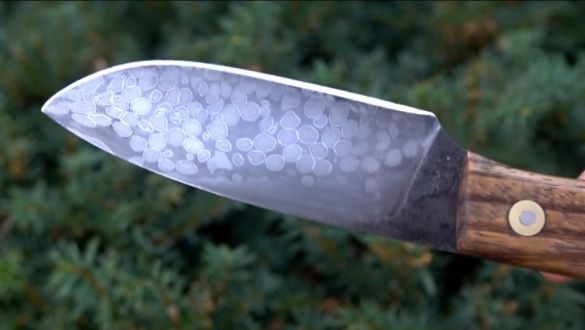I present to your attention a high-quality stylish knife from Damascus steel that you can make do it yourself. Damascus steel is called such steel, which is heterogeneous in its composition. This is achieved by forging when different grades of steel are mixed. And if such a metal is then immersed in acid, a unique pattern is formed on it, since each steel changes its color differently.
In this instruction, we will look at how you can make damask steel yourself. Here, more modern technologies will be used. We will get Damascus by dismounting two or three types of steel. Steel powder and steel balls will be used here as a basis. Thanks to the balls we get an interesting pattern. In principle, the forging process is not complicated, but requires a blacksmith furnace, anvil, as well as some experience. It is very dangerous to work with hot metal, so you must follow all safety rules. So, let's move on to making a knife!
Materials and tools that were used by the author:
Material List:
- steel tube (preferably carbon steel);
- steel balls;
- steel powder;
- a little sheet metal for plugs;
- wood for linings;
- brass rods or bushings for pins;
- oil for wood impregnation;
- epoxy adhesive.
Tool List:
- forge furnace, anvil and hammer;
- belt sander;
- acid for steel pickling;
- grinder;
- drill;
- welding machine;
- vernier caliper;
- oil for hardening, electrical tape and more.
The process of making a knife:
Step one. We form a blank
First of all, from balls, steel powder and a piece of pipe, we need to make a workpiece from which the blade will then be made. To do this, pour powder and balls into a steel pipe. You need to fall asleep in batches, that is, a few balls, then a little powder and so on. The balls must first be washed well in soapy water so that they do not have any traces of oil. You can also rinse them in acetone. We weld the bottom of the pipe using a round of steel.
As for the pipe metal, it is desirable that this is also carbon steel.
Well, then we brew the other end and send the whole thing to the oven. You need to warm up to a yellow glow and with this warming up we perform forging. We have metal from different sides. It is extremely important for us to mix all the metals together.You will need to heat the workpiece more than once, but in forging it is never easy. After that we get a great metal for the knife.
Step Two Checking the metal
When you think the workpiece is ready, you need to check the quality of the metal. First we take a grinder and cut off the edges of the plate. The metal should be uniform, without sinks and other defects. Further along the contour we pass a belt sander. We look similarly if we mixed the metal well. If everything is fine, you can go to the next step - forming a knife profile.
Step Three Blade profile
The author sets the blade profile by forging. First, we form the tip of the knife, well, then we can do the bevels on the blade. We approach the formation of bevels responsibly, the blade should be even, but not too thin. There is no need to rush in this matter; we are working with a hammer on both sides.
At the end, you will need to separate the blade from the handle. To do this, we work with the sharp part of the hammer. If everything is fine, make sure your blade is level. On this forging can be completed.
Step Four Blade grinding
Having formed the primary profile, you can proceed to grinding. It is easiest to cope with such tasks with a belt grinder. We carefully grind the entire blade, both planes and along the contour. Do not sharpen the blade at this step, its thickness should not be less than 1 mm. Otherwise, the blade may become deformed or crack during hardening.
Step Five Metal heat treatment
Perhaps this step is the most important in the manufacture of high-quality knife. Thanks to heat treatment, we can make the metal of which the knife is made as hard as possible. The temperature regime for each steel grade is individual, but if you do not know what kind of steel you can follow the basic rules. For example, if a metal is heated to a quenching temperature, a permanent magnet is no longer attracted to it. But this method is not accurate. Also, many craftsmen are able to determine the desired temperature by color, in most steels it should be yellow.
The first thing the author does is to normalize the metal after forging. To do this, it must be warmed up and allowed to cool gradually. The author places the blade in a bag of coal and sends it to the furnace. Further, the workpiece can already be hardened, for this we again heat the blade and immerse it in oil. The procedure can be repeated several times, but usually enough once. If after that the blade is not taken with a file, then the steel is hardened.
However, there is one pitfall, if after quenching is not released steel - it will be fragile. That is, we need to make the metal a little softer so that it springs, not breaks. A domestic oven is quite enough for this. It needs to be warmed up to a temperature of about 200 ° C and the knife heated for about 1-1.5 hours, depending on the thickness of the metal. If the vacation was successful, the blade should become a straw color. Now your knife can withstand huge bending loads, as well as shock loads.
Step Six Grind and drill holes
After hardening, there will be a coating on the metal that needs to be cleaned. We put on the tape machine not too large a belt and carry out grinding. If desired, the blade can be made as shiny as a mirror.
We also need to drill holes for pins in the handle. But to make such a procedure with hardened metal is very difficult. In this regard, we take a gas burner and warm up the handle. Let it cool down gradually. After that, the metal will be drilled with conventional metal drills. That's all, now it remains to make a pen. Coat the blade with tape or masking tape so as not to cut yourself in subsequent work.
Seventh step. Prepare the pads
Pads can be made of various materials, it can be plastic, textolite, bones, horns and much more.In our case, this is the most popular and sought-after material - wood. We select a board from a beautiful breed of wood with a beautiful pattern and make two overlays. If desired, some other material can be glued to the pads so that the handle is combined.
Step Eight. Blade Etching
Since our steel is Damascus, we need to remember to highlight the very cherished drawing. To do this, we need a reagent that actively reacts with steel. We clean the blade with sandpaper, clean it with acetone, otherwise the fat will not allow the acid to work. Well, then lower the blade into acid for a while. But do not forget about the knife, as steel can completely dissolve the blade. We take out a knife and washed in water with soda, it neutralizes the acid. That's all, now we have a fancy, unique pattern on steel.
Step Nine. Knife assembly
The knife can be assembled, drill holes for pins in the overlays and assemble the handle on epoxy glue. Pull the handle well with clamps so that everything sticks together qualitatively. The author used brass tubes with steel inserts as pins. When the glue dries, cut off the excess wood and proceed to grinding. We carry out rough work on a tape machine, and it is also very convenient to have a drill for this. Well, finer processing can be done manually using very fine sandpaper.
We grind wood well and then impregnate it with oil to protect it from moisture. That's all, the knife is ready!

